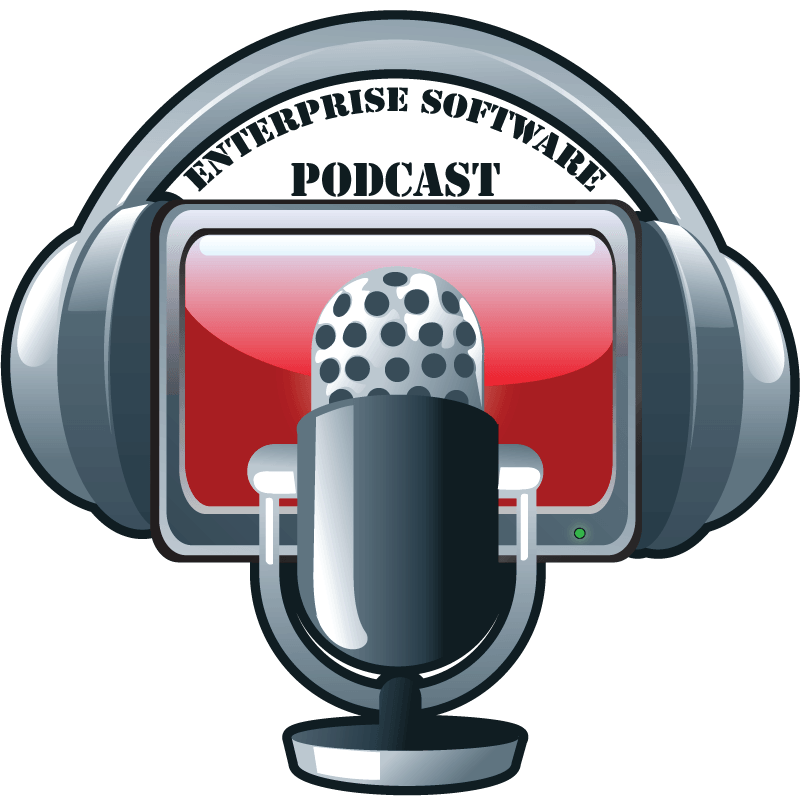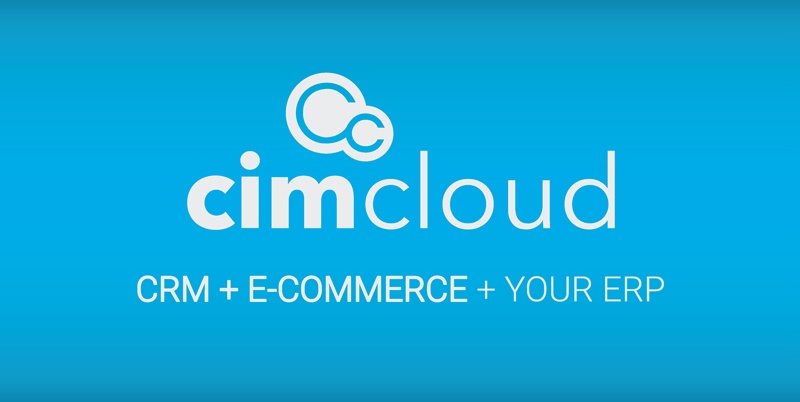What Are Customer "Interactions"

The relationship between customers and the organizations trying to earn their business has always centered around two groups of activities; transactions and everything else. In the B2B selling world, the traditional ABC (Always Be Closing) approach has given way to a new selling style focused on building and maintaining relationships with customers. While transactions are the goal, everything else is what actually allows the sale to even happen. Without everything else, you've lost.
Whether it's a personal friendship or a business partner, building strong relationships requires a massive amount of interaction between two parties as they build trust and rapport with one another. These interactions enable you to even be considered an option in the market and ultimately shape a customer's decision on whether or not to buy. Most importantly, desirable interactions with customers generate return business and create evangelist in the market to promote your business.
Which leads me back to the original question at hand; what exactly are all of these "interactions" that a company needs to capitalize on?
Customers interact with your company in a variety of ways, and at varying times during their relationship with your business. Whether it's their first google search that leads them to your website or the most recent order they have placed with you, each point of contact with customers should provide a desirable experience.
Digital Touches
The internet and online applications have given companies limitless opportunities to interact with customers without the presence of employees. Customers visit your site to view products or news, receive information through emails, and engage with your company on social media. But if you aren't collecting data on what parts of your site are visited, whether or not the emails were opened, and what types of social engagements you are having, then you won't be able to leverage this valuable information.
Human-to-Human Communication
While the internet affords a limitless frontier of digital interactions, we still live in a world where customers want to see a face or hear a voice. Even the most innovative of companies still make an effort to get facetime with customers, and arguably the most impactful points of contact between a business and it's customers happen in person. Whether it's an upcoming meeting or a task request from customers, you need to be aggregating all this information in one place where it can be leveraged by your personnel for tracking and planning.
Transactions
Last, but certainly not least, customers conduct a variety of transactions with your business. The complexities of B2B selling make it even more important to compile information on orders (offline and online), A/R payments, quotes and returns on a platform that's not your ERP. While your ERP will always serve as the "one source of truth" for your accounting and financial information, your employees need a quick and easy way to access this data and leverage it as they communicate with customers.
To effectively manage this wide array of interactions, you need to know when they are taking place.
In order for your employees to leverage this massive amount of data resulting from interactions, it's vital that they understand WHEN they did or will take place. They need quick visibility into old emails, orders, payments and much more to see what was done or said in the PAST. They need an ability to take action in the PRESENT, whether that's placing and modifying transactions or simply tracking a shipment on behalf of the customer. They also need to be aware of what's coming in the FUTURE to see what is open or not done yet, and plan a course of action for these future interactions with customers.
Now that we've identified exactly how and when your customer interactions are taking place, it's time to learn about effective and efficient ways to manage them. Click here to learn about the only category of software designed to optimize your interactions with customers.




